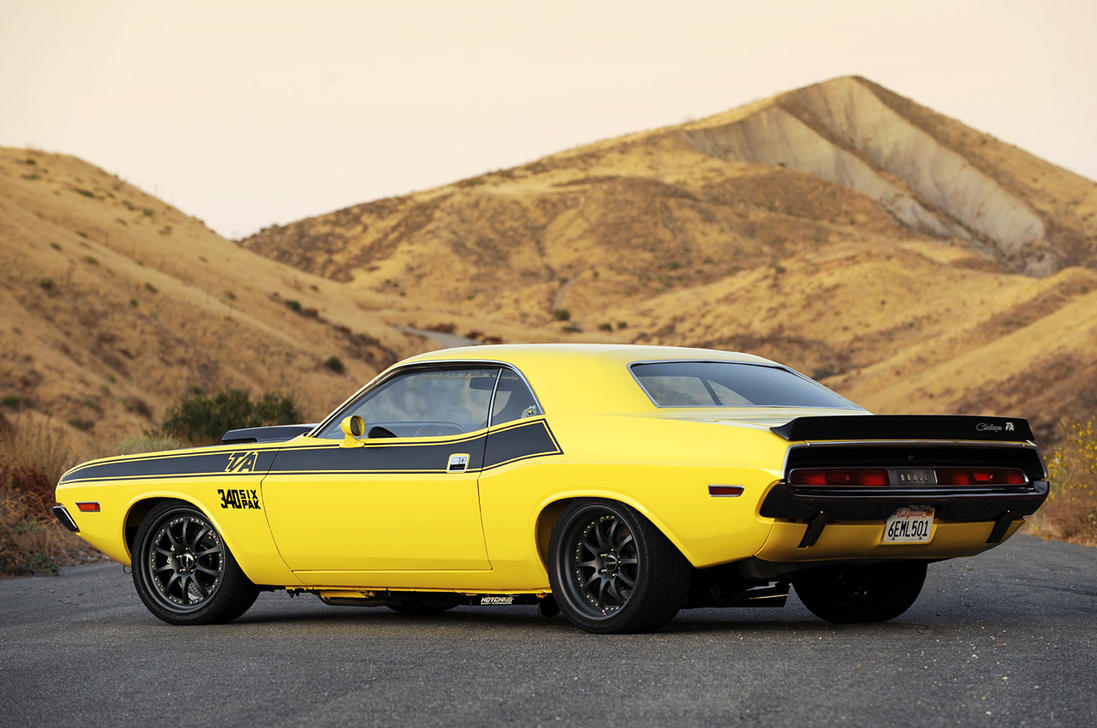4mulaSvaliant
Well-Known Member
wow what a poop storm this started.
Bahahahaahahah.... Isnt that the truth....
Ok, So not to proud to stand down when corrected by the masses, Ill say that my stating that the "floating" connectors are next to pointless was overstated.
What I will stick to, and whether some choose to believe it or not, is that it absolutly is Stronger and better to tie it to the floor. The more surface attached to the floor the better, but all of the methods talked about that attach to the floor from the connector are better than leaving them floating. Whether it be tied with gussets, stitch welded, etc....
The thin gauge sheet metal of the floor with all its indention intentionally placed and the manner in which the load is transferred to it, makes it far stronger than most realize. On a very normal basis sheet metal is used to build many structures and in many cases has no heavier gauge materials used. Just good engineering is used in choices for shapes and load transfer.
I have obviously been publicly stoned and banished to the corner for my comments about the floating connectors, but I still stand by this as it is indeed tried and true to be better by attaching it to the floor as well.
That said, I understand entirely the other factors that go into choosing how you attach them. I myself will not like the idea of taking out the carpet and insulation in order to weld the connectors in, in the manner I prefer. Not to mention Ill be the guy doing it in my drive way under the car with a mig welder. LOL Chances are, that Ill stitch weld a set that are contoured to the floor and not weld them 100%
Now as I have said before.... I hope nobody got "butt hurt" over this whole thing as I like to keep the peace myself! LOL
Happy motoring!



















